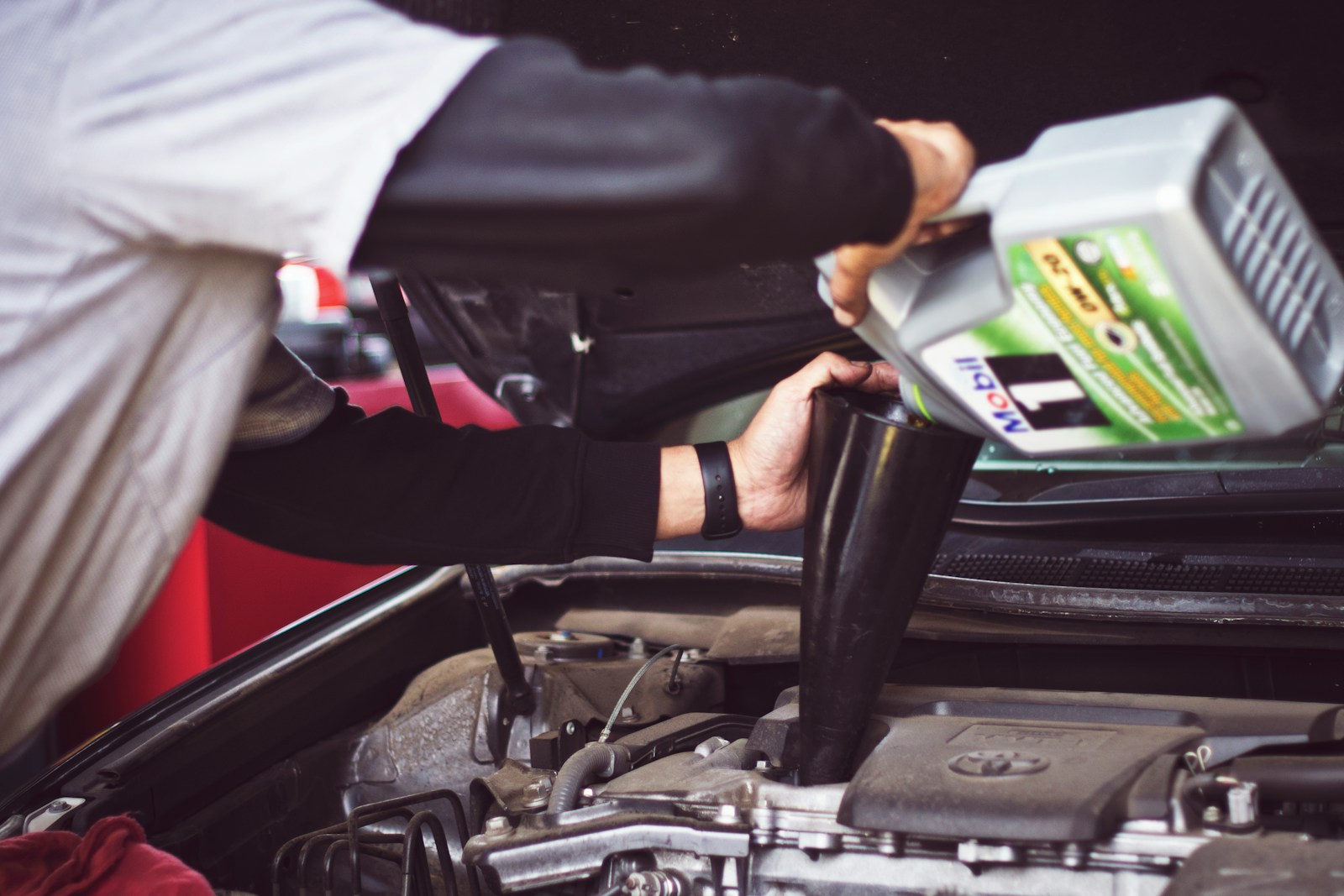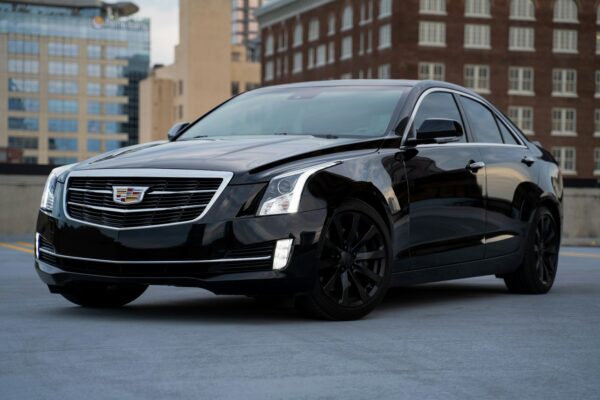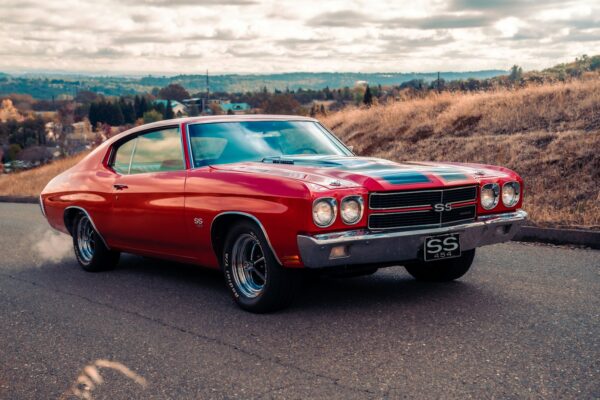Many car owners waste money on wrong car care tips. Studies show that modern cars need oil changes far less often than people think. This guide will bust the top 10 car myths that cost you money and time.
We’ll show you what really works to keep your car running well.
Engine Oil Should Always Be Changed Every 3,000 Miles: Modern lubricants and engines have extended the need for oil changes, making this interval often unnecessary.
The old rule of changing engine oil every 3,000 miles no longer applies to modern cars. Today’s vehicles can safely run for 5,000 to 10,000 miles between oil changes. Modern synthetic oils work better and last longer in newer engines.
Smart oil monitoring systems in cars now tell drivers exactly when they need an oil change based on their driving style.
Regular oil changes help keep cars running well, but doing them too often wastes money and oil. Most car makers now say to change oil less often than before. The owner’s manual lists the right time to change oil for each car model.
This new approach saves drivers money and helps the earth by using less oil.
Premium Fuel Boosts Performance in All Cars: Only vehicles specifically designed to run on higher octane fuel benefit from premium gasoline.
Many drivers waste money on premium gas for cars that don’t need it. Most cars run perfectly fine on regular gas, and putting premium fuel in them won’t make them go faster or run better.
Premium gas only helps cars that are made to use high-octane fuel. These cars often have special engines that need the extra octane to work right.
Your car’s manual will tell you what type of gas to use. Cars with high-performance engines need premium gas to avoid engine knock and get the best power output. Regular cars won’t see any boost in fuel economy or engine performance from premium fuel.
Cars that need regular gas won’t gain anything from the more expensive fuel choice. Next, let’s talk about another common myth about warming up your car’s engine before driving.
You Need To Warm Up Your Engine Before Driving: Modern engines are designed to operate efficiently without prolonged idling after starting.
Just like premium fuel myths, another old car belief needs clearing up. Modern engines don’t need a long warm-up time before driving. Your car has smart fuel-injection systems and sensors that make it ready to go right away.
The best way to warm up your engine is to drive it, not idle it.
Idling your car wastes gas and creates more pollution. Today’s engines work best when you start driving within 30 seconds. Just drive gently at first and avoid fast speeds. This helps your engine warm up faster than sitting still.
The car’s advanced sensors keep track of engine temperature and adjust everything automatically. Your engine will run better and use less fuel this way.
Manual Transmissions Always Get Better Fuel Economy: Advances in automatic transmission technology often provide better or equal fuel efficiency.
Many drivers think manual cars save more gas. This old idea comes from past cars where stick shifts used less fuel. Modern automatic transmissions now match or beat manual ones in fuel savings.
Today’s automatic gearboxes work smarter and waste less power.
New automatic cars have better tech inside them. These cars know the best time to shift gears for top fuel economy. The engine runs at lower RPMs and needs less gas to move. Smart transmission systems make driving easier while saving money at the pump.
Most car makers now put their best fuel-saving features in automatic cars.
Bigger Cars Are Safer Than Smaller Ones: Vehicle safety depends more on design and technology than size.
Most people think big cars are safer, but this isn’t true. Modern car safety depends on smart design and new technology, not just size. Small cars now have strong safety features like airbags, crash zones, and better frames.
These parts work together to keep drivers safe in crashes.
Car makers use great engineering to make small cars very safe. They test each model in crash labs to check how well it protects people. Some small cars score better in safety tests than bigger, older cars.
The key is how the car handles crash force and shields the people inside. Good design beats size every time in keeping drivers safe on the road.
All-Wheel Drive Is Necessary for All Types of Weather: While AWD can improve traction in snow and rain, it's not essential for all weather conditions.
Safety in cars goes beyond size, and the same applies to driving in bad weather. All-wheel drive helps cars grip the road better in rain and snow. Good tires matter more than AWD alone for safe driving.
Your car needs proper tires to turn and stop well in any weather.
AWD works best with the right tires for each season. Many drivers think AWD will fix all traction problems, but this isn’t true. Traction control systems need good tire grip to work right.
Bad tires can make AWD less helpful on slick roads. Regular front-wheel drive cars with great winter tires often do better than AWD cars with worn tires.
Red Cars Cost More To Insure: Car color does not impact insurance rates; factors like model and driver history are more significant.
Moving from weather concerns to insurance myths, let’s clear up a big mistake about car colors. Many people think red cars cost more to insure. A study shows 44% of Americans hold this false belief.
Insurance companies don’t care about your car’s color at all. Your auto insurance rates depend on real risk factors. The car’s make and model matter most. Your driving history plays a big role too.
Bad drivers pay more for vehicle insurance than good drivers. Premium pricing stays the same whether you pick red, blue, or any other color for your car.
Using Air Conditioning Wastes More Fuel Than Open Windows: At higher speeds, AC can be more efficient due to reduced aerodynamic drag.
Car colors may not affect insurance rates, but your car’s fuel use can change based on how you cool it. Many people think open windows save more gas than using the AC, but this isn’t always true.
The truth depends on your driving speed and how you cool your car.
Your car’s air conditioning system uses extra fuel to run. It makes your engine work harder and can use up to 20% more gas. But open windows create drag on your car at high speeds.
Tests show that AC only cuts fuel miles by 3% at 65 mph. This small drop in fuel use makes AC the better choice for highway driving. The air flow around your car stays smooth with closed windows, which helps save gas.
For city driving at lower speeds, open windows might be the better pick to stay cool and save fuel.
Electric Vehicles Are More Prone To Catching Fire: Statistically, electric vehicles are no more likely to catch fire than traditional gasoline cars.
Electric vehicles prove safer than most people think. Data shows that only 0.03% of EVs catch fire, while gas cars have a higher rate at 0.1%. The numbers tell a clear story: for every 100,000 vehicles, about 25 electric cars catch fire each year.
Gas-powered cars see about 1,500 fires in the same group. This makes regular cars 29 times more likely to catch fire than electric ones.
Battery tech in modern EVs keeps getting better and safer. The risk of fire in electric cars stays very low thanks to strong safety rules and good design. These facts show that EVs match or beat gas cars in safety.
Now, let’s talk about another common myth: the need to service your car at dealerships to keep your warranty valid.
You Must Service Your Car At The Dealership To Keep Your Warranty Valid: Independent maintenance that follows the manufacturer's guidelines is sufficient to maintain warranty validity.
Your car’s warranty stays valid with service from any qualified repair shop. Independent shops can do all needed work as long as they follow the maker’s rules. The key is to keep good records of each service visit and use quality parts that match what the maker wants.
Regular service at any good shop keeps your warranty safe. Smart car owners save money by picking trusted local shops instead of dealers. The shop must stick to the maker’s schedule and use the right parts.
Your warranty stays strong if you keep proof of all work done on your car. Next, let’s explore how to find the best value in used cars.
Exploring the Best Value for Money in Used Cars
Used cars offer great deals for smart buyers. Budget-friendly preowned cars can save you lots of money compared to new ones. Many affordable used cars still have modern safety features and good fuel economy.
The best deals often come from cars that are two to three years old. These cars have already lost their initial value drop but still work great. Costeffective used cars from trusted brands like Toyota and Honda keep their value well over time.
Finding good value in secondhand automobiles needs careful research. Economical used vehicles must pass safety checks and have clean service records. A car history report will show past repairs and crashes.
The total cost should include insurance, gas, and future fixes. Reasonably priced used automobiles from private sellers might cost less than dealer lots. Test drives and mechanic checks help avoid buying problem cars.
Good deals pop up often on local sales sites and car lots.
Understanding the facts can lead to better vehicle care and savings.
Car myths can cost you money and time. Modern cars need oil changes every 10,000 miles, not 3,000 miles like old cars did. Your car does not need to warm up before driving. This old habit wastes gas and does nothing good for your engine.
Premium gas helps only cars that say they need it. Regular gas works fine in most cars.
Facts about car care will save you cash. You can take your car to any good mechanic without losing your warranty. Most tires last up to 10,000 miles before they need to be turned. Your transmission fluid might last 60,000 to 100,000 miles.
Some cars never need new transmission fluid at all. Smart car care starts with knowing what your car really needs.




